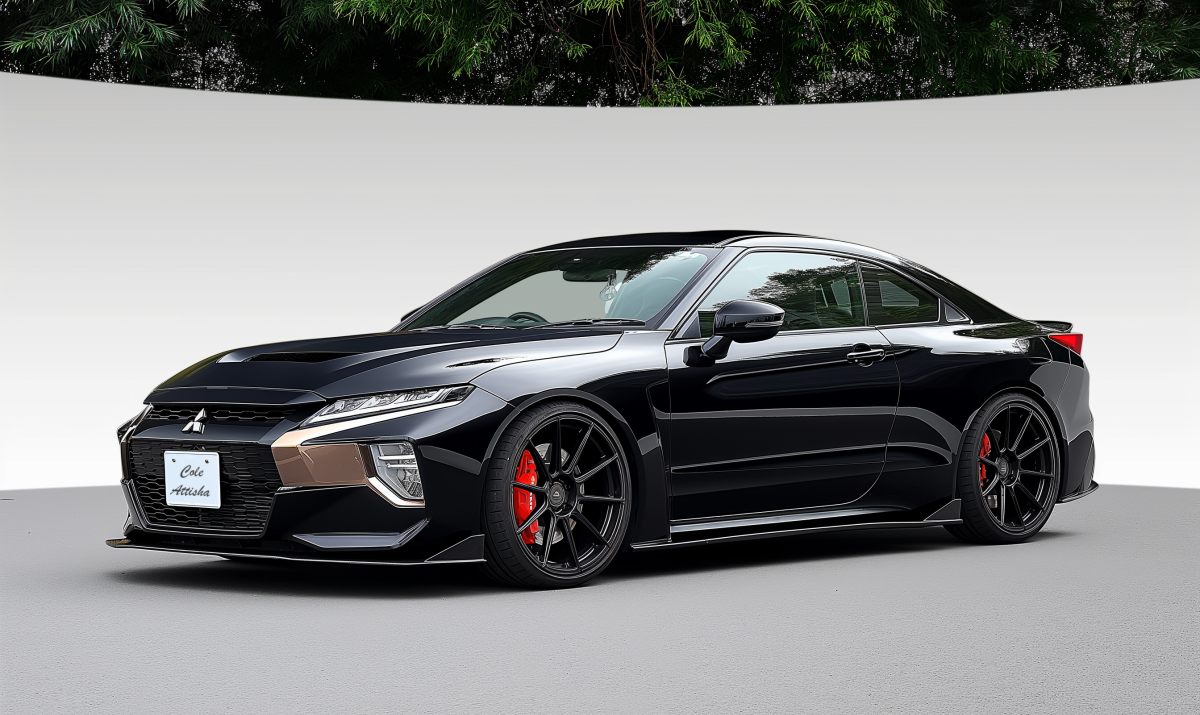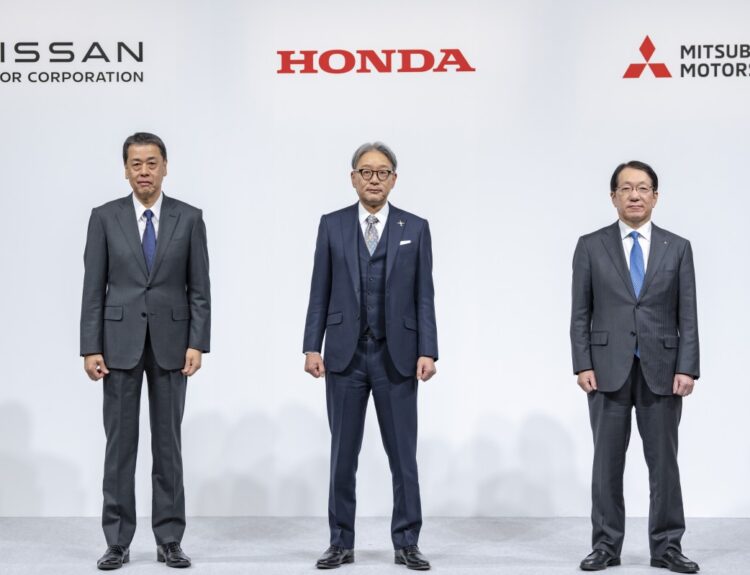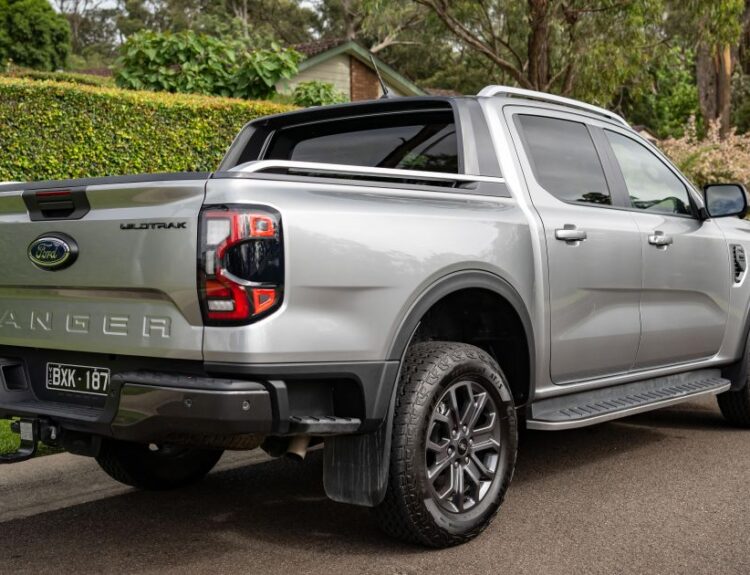As discussions of a potential merger between Honda and Nissan, which would also encompass Mitsubishi, unfold, the question arises: where does each brand find its niche? Historically, these three auto manufacturers have been fierce competitors, often crowding similar segments and price ranges with overlapping model lineups.
For this merger to be successful, it is imperative that each brand cultivates its own distinct identity to avoid internal rivalry. This presents a formidable challenge for Honda and Nissan, but Mitsubishi faces its own pressing dilemma: ensuring its brand does not fade into obscurity. The introduction of dynamic turbo engines, advanced all-wheel-drive options, and engaging manual transmission vehicles could be one effective way to carve out a unique space in a crowded marketplace.
Mitsubishi’s Potential Performance Focus
The situation bears resemblance to General Motors’ historical struggles, where multiple brands shared the same automotive spectrum—Chevrolet, Buick, Pontiac, Oldsmobile, and others vying for consumer attention. A transformative strategy proposed by Bob Lutz, a prominent GM executive, positioned Pontiac as the performance-centric brand within the conglomerate. The transition proved fruitful in the 2000s, with Pontiac emerging as a beacon of excitement through models that ranged from the rebadged Holden Monaro—known as the GTO—to the V8-powered G8 sedan.
Yet, Pontiac’s success was short-lived; it succumbed to the economic downturn in 2010. Despite this, the principles of performance branding thrived, as exemplified by Dodge’s revival of muscle car spirit with the long-running Challenger and Charger, which collectively surpassed two million units in sales.
Revitalizing the Lancer Evolution
To transcend the Honda-Nissan rivalry, Mitsubishi could embrace a sporty identity, perhaps heralded by the return of the Lancer Evolution. Inspired by the triumphs of Toyota’s GR Corolla and Volkswagen’s high-performance Golf models, a new Evo could present an enticing blend of excitement and practicality. Imagine a turbocharged four-cylinder engine producing around 320 horsepower, paired with all-wheel drive and choices of a six-speed manual or dual-clutch automatic transmission. Such a model might signal to consumers that Mitsubishi can deliver more than just mundane crossovers equipped with uninspiring continuously variable transmissions.
Historically, the Lancer Evolution has been steeped in motorsport heritage, its namesake evoking a sense of passion and pedigree rooted in the brand’s illustrious rally history.
Reviving the VR-4 Legacy with the New Legnum
Additionally, the introduction of a contemporary Legnum model could reestablish the iconic VR-4 nameplate, which denoted a more performance-oriented version of standard Mitsubishi vehicles. In an era when traditional sedans are increasingly overlooked by North American consumers, the revival of a sporty station wagon could capture the imagination of those seeking practicality without sacrificing driving excitement.
The Legnum VR-4 could marry the agility and performance of modern sedans with the spaciousness of a crossover, appealing to a demographic that shuns dreary, featureless SUVs in favor of a more spirited drive.
A Bold Move with the Eclipse
For single driving enthusiasts, a mid-engine, turbocharged V6-powered Mitsubishi Eclipse could represent a refreshing revival in the compact sports coupe segment—a realm that has become largely vacant. Such a model could offer an exhilarating driving experience and compete with premium coupes like the Toyota Supra, delivering a distinctive take with its mid-engine layout.
Sapporo and Colt Ralliart: Pushing Boundaries
Mitsubishi’s aspirations might also extend into reinvention with models like the Sapporo, a throwback to the brand’s sporty coupe roots, potentially available with an array of engine configurations designed for performance enthusiasts. Similarly, the emergence of the Colt Ralliart—a turbocharged hot hatch—could capture the essence of fun-to-drive dynamics while appealing to a broader audience.
A Realistic Outlook on Mitsubishi’s Future
However, one must temper enthusiasm with realism. Mitsubishi is likely to continue focusing on producing economical crossovers—vehicles that yield satisfactory sales without straying too far from profitability. As electric vehicle development progresses, it’s conceivable that Mitsubishi will introduce a slew of EV offerings. But what distinguishes a Mitsubishi EV from those of Honda or Nissan, apart from marketing?
If the merger results in a coherent brand identity, Mitsubishi would be wise to tap into the performance legacy it once championed, which still resonates with many auto enthusiasts.
As discussions of Mitsubishi’s future unfold, we invite readers to consider: Should the brand stake its claim in the performance arena once more, or would a cautious approach, focusing on utility and affordability, be more prudent? Would you welcome a mid-engine Eclipse, or do the dreams of performance satiate better as echoes of the past? We welcome your thoughts in the comments section.
Source:www.autoblog.com






